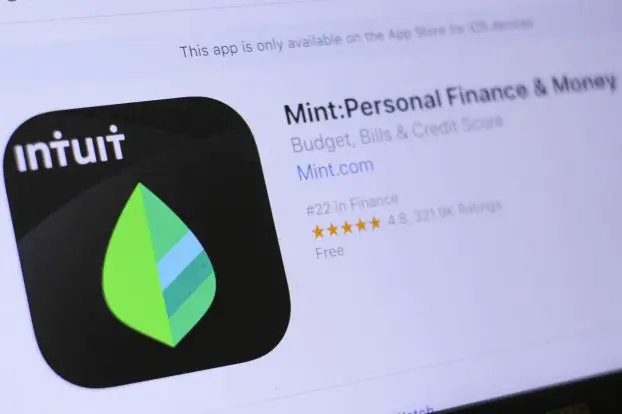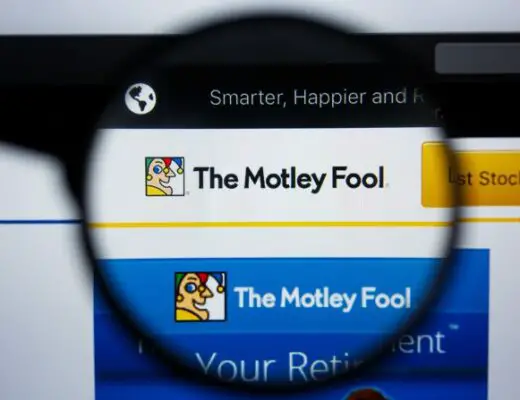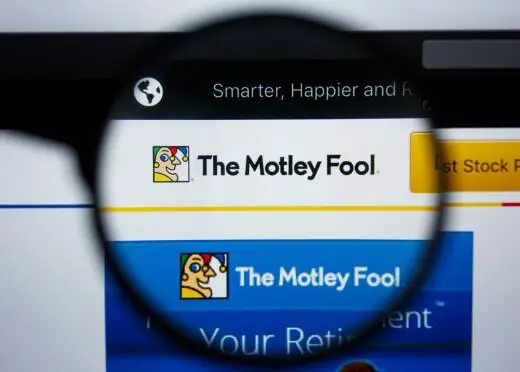
CommonCentsMom.com is advertiser-supported: we may earn compensation from the products and offers mentioned in this article. However, any expressed opinions are our own and aren't influenced by compensation. The contents of the CommonCentsMom.com website, such as text, graphics, images, and other material contained on this site (“Content”) are for informational purposes only. The Content is not intended to be a substitute for professional financial or legal advice. Always seek the advice of your Financial Advisor, CPA and Lawyer with any questions you may have regarding your situation. Never disregard professional advice or delay in seeking it because of something you have read on this website!
YouNeedABudget (YNAB) and Mint are the two services competing in the market for budgeting tools, but can both be useful to someone looking to manage their finances in a more detailed manner. The purpose of this article is to compare the two services and their distinct purpose.
What is YouNeedABudget?
YNAB is different from other budgeting apps on the market. YNAB works by giving every dollar its own place in your budget. YNAB encourages users to stop relying on traditional budgeting tools and to start budgeting based on individual income. It’s basically what’s called as the zero-based budgeting method. It helps people stay within their means, pay off debt, save money, and live comfortably. They are give every dollar a job, embracing true expenses, roll with the punches, and age your money.
What is Mint?
Mint is one of the most popular and oldest budgeting apps available. It’s also got a pretty solid reputation. Mint is a free budgeting app that allows you to track all of your financial accounts in one place. You’ll need to connect all of your financial accounts to Mint so that you can get the most out of this platform, such as checking or savings accounts, mortgages, credit cards, investments and other financial transactions. It makes it easy to track the spending you make when you use your linked credit or debit cards, and then creates a spending plan that fits your needs.
Features by Category
Approach: As you would expect, both Mint and YNAB help you to keep track of where you spend money and how much you spend it, so that you can plan what to do with your money in the future. Mint’s approach to tracking your spending is similar to that used by other financial apps, but YNAB encourages you to think strategically about your spending habits. Mint shows you reports that show you how much you spent in each of those categories over various time periods. YNAB uses a different approach, and requires you to make strategic decisions about where to spend your money.
Account Set Up: To track your expenses in any of the two apps, you’ll need to link your various financial accounts. You will need to identify which accounts you have with each financial institution before you start tracking your spending. You will need to setup a connection to the bank account where you have your accounts, so that you can track your spending on a regular basis. Mint automatically tracks the money that you spend in all your financial accounts and lets you easily add new ones for credit cards or other investments. In YNAB, setting up accounts is only the beginning. YNAB uses the information it collects from analyzing your past spending to help you plan for the money you will spend in the coming months.
Ease of Use: Mint is very easy to use; integrating it with your bank account will allow you to easily access all of your finances, including your credit card accounts. Once you’ve linked your accounts, the financial transactions from those accounts start showing up in the Mint app. You can then sort your spending by categories in order to see where you’ve spent your money and how much you have spent it.

YNAB’s monthly budgeting process is pretty simple, but it can take a little time to get used to. Rather than relying solely on your bank balance to determine how much money you have left to spend that month, YNAB encourages you to think about the areas where each dollar of your income will go. But that’s exactly the point. YNAB is designed to help you think differently about your money and how you plan your spending.
Mobile App: Mint and YNAB both provide excellent mobile apps that work well with a range of devices. You can access them easily from Android and iOS devices, as well as on the web or on your smart watch app for Android. Most of the same features that you can access through the web interface of these two apps are available through their mobile interfaces as well. Both apps are designed to allow you to see an overview of your financial accounts as well as drill-down to find specific account information.
How are they different?
You can manually add an account to YNAB, and you can upload account transactions manually each month. Mint does not have this feature and requires you to link every account. You may have difficulties if you have an account with a small company that does not allow you to link your accounts.
YNAB only allows you to budget, and they are really good at it. Mint, in contrast, has other financial tools that are quite useful. Mint allows you to track your financials and automatically update your credit report and portfolio. You can also view your net worth via Mint’s dashboard.
YNAB provides a fast and efficient budgeting service with great customer support via e-mail and lots of helpful online tutorials. There are lots of great customer reviews that are posted on YouNeedABudget.com. Mint, on the other hand, allows you to manually set up your budget and start a budget.
Mint allows you to link all the accounts that you own and allows you to add value estimates to all the assets that you own, such as cars and houses. Mint gives you a great view into your net worth by showing you a picture of the value of your assets. YNAB is all about budgeting. It does not include things like your Net Worth or your property values.
YNAB’s guiding principle is to Give A Job For Every Dollar That You Spend. They really mean that. Every transaction you do must be reflected in your budget. Mint has no such mandatory. Mint allows you to leave transactions off your budget, and even put them into another category if you want to.
It doesn’t really matter if YNAB or Mint wins or loses because each money-management tool is just as useful. Simply put, YNAB and Mint are both good tools that help you budget your money, so the most important thing is that you get the right tools to do what you need to do. It’s okay to use multiple tools to manage your money; it will help you out in the long run if you do that.







